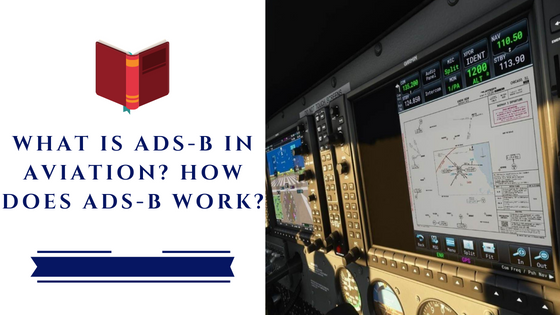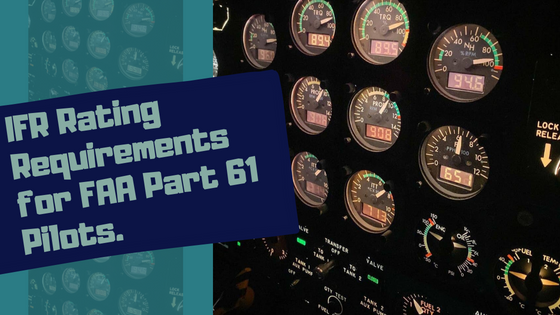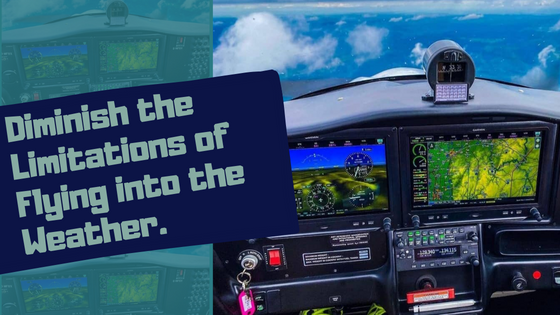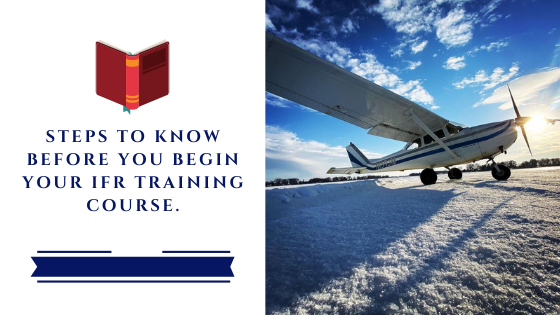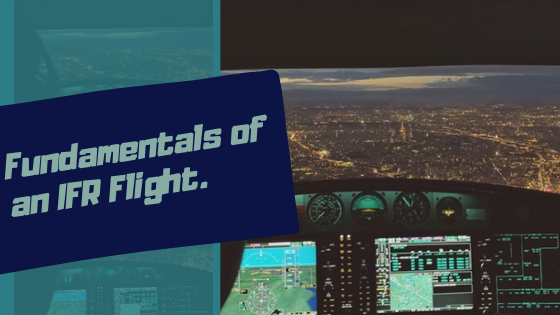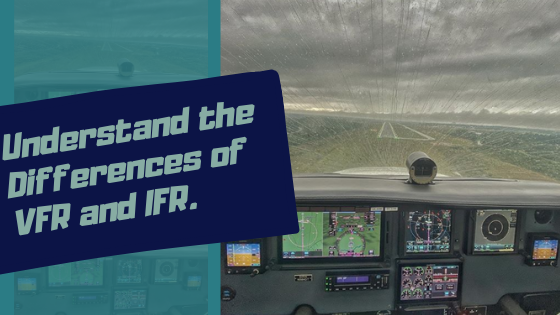Instrument Rating Limitations: Guidelines & Restrictions.
Instrument flight limitations: Instrument flight refers to flying an aircraft solely by referencing the instruments without external visual connections. This type of flight is typically conducted under Instrument Flight Rules (IFR). Here are some common limitations and considerations for instrument flight: Instrument rating: Pilots must hold an instrument rating to operate an aircraft under IFR….


